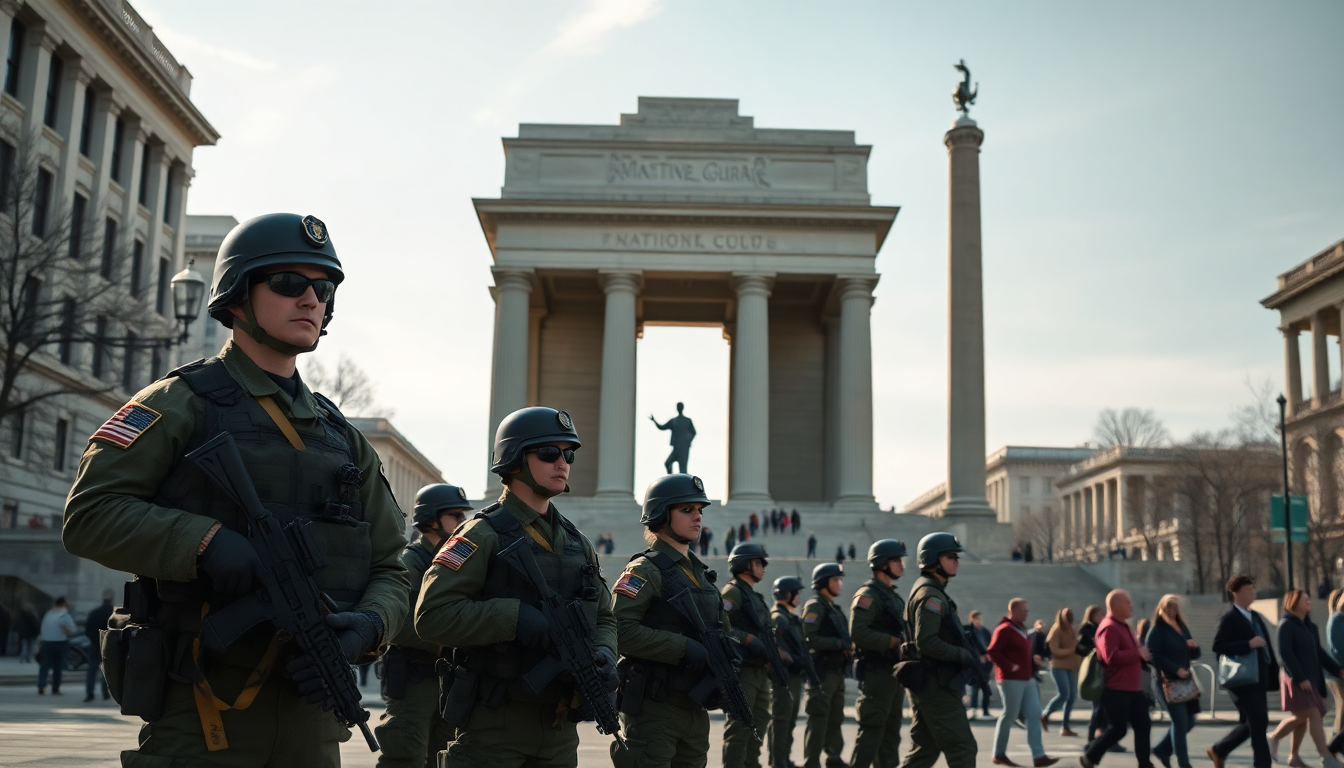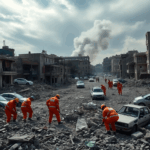Table of Contents
The recent decision to arm National Guard troops in Washington, D.C., has ignited a lively debate about crime, safety, and governance in the nation’s capital. With President Donald Trump claiming a marked reduction in crime, the sight of armed troops standing guard raises eyebrows among residents and officials alike.
What does this mean for community trust and public safety? In this article, we’ll dive into the implications of this decision, analyze current crime statistics, and gauge the broader impact on community relations.
Military Presence in Washington, D.C.
The Joint Task Force-DC confirmed that as of late August 2025, service members have started carrying their service-issued weapons while patrolling the capital.
This move is backed by a limited use of force policy, permitting troops to respond only to imminent threats of serious harm. While a military presence in urban areas isn’t new, it raises critical questions about how safe residents truly feel and how the government frames the narrative around crime levels.
Despite President Trump’s assertions of “no crime” in D.C., local law enforcement data tells a different story. The National Guard’s presence is intended to enhance security, yet it has, paradoxically, sparked fear and confusion among the locals. How does increased militarization affect the everyday lives of citizens? Often, it can create a sense of unease, complicating the very safety that the troops are intended to provide.
With thousands of National Guard and federal law enforcement personnel patrolling the streets, one can’t help but wonder: Is this move genuinely about public safety, or is it merely a political strategy to project a tough-on-crime image? The reality suggests we need a more nuanced approach—one that builds community trust instead of instilling fear.
Crime Statistics and Public Perception
Official data reveals a decline in crime rates in Washington, D.C., which contradicts the President’s claims. The District, home to over 700,000 residents, has seen notable decreases in various crime categories, including violent offenses.
These statistics are crucial for understanding the broader context of public safety and the effectiveness of policing strategies. Isn’t it important to look at the facts before jumping to conclusions?
Moreover, Baltimore—often in the spotlight during discussions about crime—has reported significant reductions in gun violence and homicides over the past year. This success story highlights how effective community policing and proactive measures can turn the tide, rather than painting a picture of an out-of-control crime wave. Unfortunately, the narrative pushed by some political figures often overshadows the positive strides made in these urban areas.
The gaps between crime statistics and political rhetoric don’t just shape public perception; they also impact community relations. Many residents are advocating for D.C. statehood, arguing that it would give them a stronger voice in governance and public safety matters. The ongoing statehood debate underscores the pressing need for political accountability and representative governance that genuinely addresses community needs.
The Political Landscape and Its Implications
The deployment of National Guard troops hasn’t gone unnoticed by various political leaders. For instance, Illinois Governor JB Pritzker rejected Trump’s suggestion to send troops to Chicago, calling it an attempt to manufacture a crisis. Such criticisms highlight how crime and safety issues can become politicized, often detracting from constructive dialogue and effective solutions. Isn’t it time we shifted focus to what really matters—keeping communities safe?
This politicization can have real consequences on how communities view their leaders and the efficacy of law enforcement. When safety measures are perceived through a partisan lens, it can lead to greater division rather than the unity needed to tackle crime effectively.
As we look to the future, local leaders must prioritize strategies that build community trust and promote safety without resorting to militarization. Engaging residents in conversations about policing practices, crime prevention, and community resources can pave the way for effective crime reduction strategies that prioritize the welfare of all citizens. After all, isn’t the goal to create a safe and thriving community for everyone?





